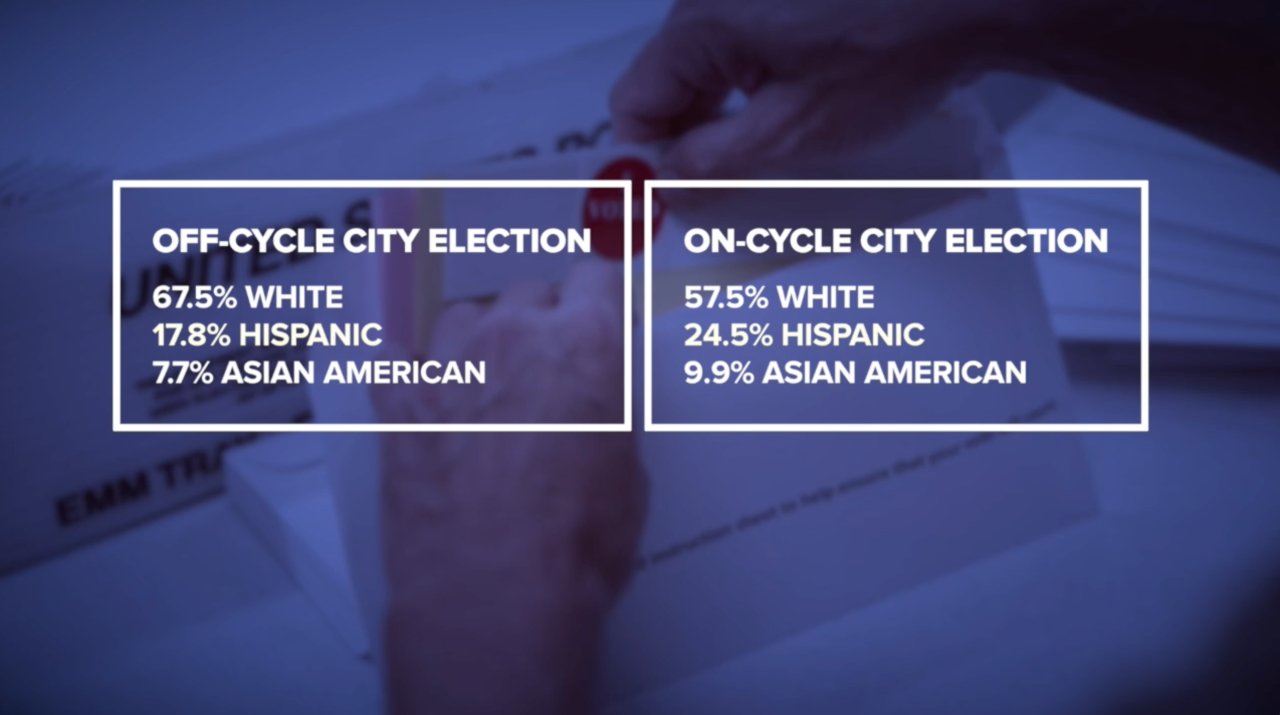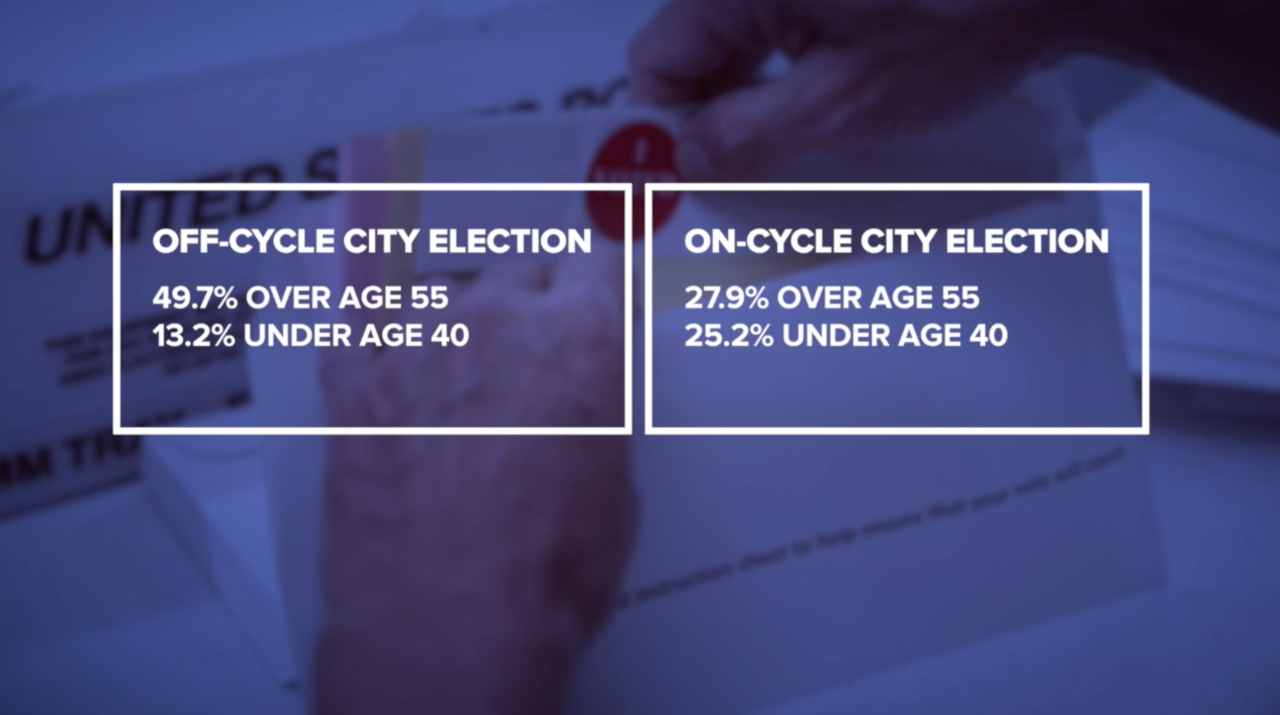SAN DIEGO (KGTV) -- The recall election culminating next month could have a low turnout and an unrepresentative electorate that may put Governor Gavin Newsom’s job in jeopardy, according to new research from political scientists at UC San Diego.
Voters have until Sept. 14 to decide whether the governor should remain in office. That’s not a date people are accustomed to voting.
“The more unusual the election date, the fewer Californians turn out to vote and, generally speaking, the less representative those voters are,” said political science professor Zoltan Hajnal.
In a new study, Hajnal and his colleagues looked at 2,000 local elections across 460 California cities. They found the date of an election was critical.
When a local election was held on-cycle, meaning on the same day as statewide and national races, voter turnout doubled.
The timing of the election also impacted the demographics of the electorate, the study found. Off-cycle elections featured disproportionate numbers of white voters and older voters.
On average, white voters made up 67 percent of the electorate in off-cycle elections, about double their population share. The authors said adults over 55 cast nearly 50 percent of the ballots off-cycle, also about double what their population would suggest.
Although the study examined municipal elections, it offers clues about the Sept. 14 recall.
A statewide scientific poll commissioned by ABC 10News and released earlier this month showed white voters and older voters favor removing the governor by a wide margin.
The survey found voters over 65 supported removal by a 22-point margin. White voters supported recall by a 21-point margin. The survey of 613 likely voters was conducted between Aug. 2 and Aug. 4.
The UCSD study found that aligning a local election with a presidential or midterm election sparked a dramatic increase in the share of younger and minority voters.

The share of Hispanic voters jumped nearly 50 percent, from 17.8 percent of the off-cycle electorate to 24.5 percent on-cycle. The share of Asian American voters rose 30 percent on-cycle.
The authors found an even more significant impact on age.
Roughly 25 percent of Californians are over 55, but off-cycle these voters weigh in at double that rate: they account for nearly 50 percent of the electorate.
On-cycle, their numbers are nearly representative of the population, and the share of younger voters almost doubles.

The study found democrats are slightly underrepresented in off-cycle elections, but moving the date on-cycle produced nearly proportional turnout.
“In a recall election that looks relatively close, even those small shifts in party ID and representation by party ID could have a big impact on the outcome of the election,” he said.
Hajnal said the reasons for lower turnout off-cycle are relatively simple. Voters must learn about the non-traditional election day, identify their polling place, register, and make a specific trip to vote. These hurdles can be especially tricky for voters balancing a job or renters who move often.
When local elections are paired with national ones, especially with races for president, it’s easy for voters motivated by the top of the ticket to fill out down-ballot races, he said.
“If you look around the country, 70 percent of cities and municipalities hold off-cycle elections and so around the country, local elections are being determined by a very small and very unrepresentative set of the public,” Hajnal said.
Democratic lawmakers selected the Sept. 14 recall date to the surprise of some election officials. They could have picked a date as late as November. A November 2021 election would not have been on-cycle, but some officials noted it would have been a more familiar date for voters.



